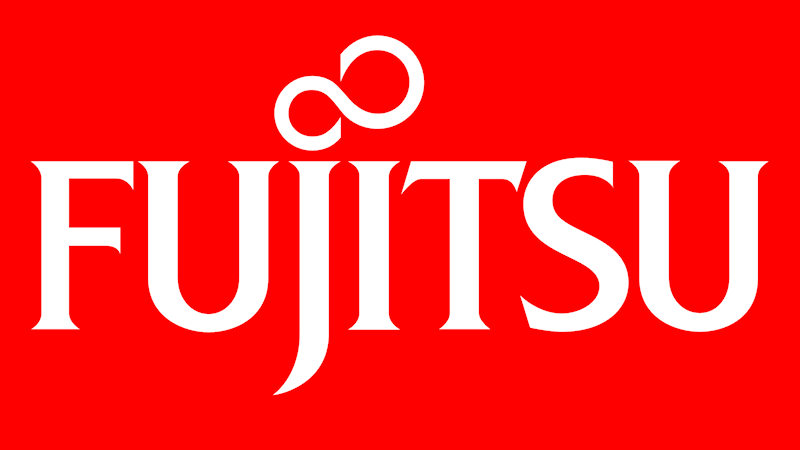Introduction
Fujitsu, a renowned Japanese tech giant, recently confirmed a significant data breach that compromised sensitive information related to individuals and customers’ businesses. This breach, discovered earlier this year, has raised concerns about cybersecurity measures and the evolving tactics of cyber attackers. The attackers used sophisticated malware that spread from a single compromised system to 49 others, evading detection and exfiltrating data without deploying ransomware. Fujitsu promptly isolated the infected systems and collaborated with external experts to investigate the breach. The company has since implemented measures to prevent future incidents and protect sensitive customer information.
Discovery of the Breach
In March, Fujitsu detected that several of its systems had been infected with malware. The initial discovery led to concerns about the potential compromise of sensitive customer information. Unlike many high-profile cyberattacks that involve ransomware, this particular breach utilized a sophisticated mechanism to exfiltrate data while evading detection. This advanced approach underscores the increasing complexity of cyber threats that modern organizations face.
Immediate Response and Investigation
Upon discovering the malware, Fujitsu took swift action to isolate the impacted computers to prevent further spread. Recognizing the severity of the breach, the company initiated a comprehensive investigation with the assistance of external cybersecurity experts. This collaborative effort aimed to determine the full scope of the breach, identify the methods used by the attackers, and mitigate any ongoing risks.
Investigation Results
After a thorough investigation, Fujitsu concluded that the malware had indeed compromised sensitive data. The attackers managed to pivot from a single point of compromise, spreading the malware to 49 business computers. Fujitsu’s statement highlighted the sophisticated nature of the malware, which was designed to disguise itself, making detection particularly challenging. This type of malware, though not ransomware, represents a highly advanced cyber threat capable of bypassing traditional security measures.
“After malware was placed on one of our business computers, it was observed spreading to other business computers,” the company explained. “This malware is not ransomware but employs sophisticated techniques to disguise itself, making detection difficult. It was determined to be a highly advanced attack.”

Containment and Remediation
In response to the breach, Fujitsu took decisive actions to contain the malware and prevent further data loss. The 49 infected computers were immediately isolated from the network, and efforts were made to eradicate the malware from the Japan-based network environment. Fujitsu’s quick response and isolation measures were crucial in minimizing the impact of the breach and preventing additional data from being compromised.
Impact on Customers and Data Security
The breach’s impact on Fujitsu’s customers is a stark reminder of the importance of robust cybersecurity practices. The compromised data included sensitive information that could potentially be exploited by malicious actors. Fujitsu’s transparency in acknowledging the breach and its ongoing efforts to enhance security measures are essential steps in rebuilding trust with its customers.
Lessons Learned and Future Measures
This incident serves as a critical learning opportunity for organizations worldwide. It highlights the need for continuous monitoring and updating of cybersecurity protocols to address evolving threats. Advanced malware, such as the one used in this breach, demonstrates that cybercriminals are constantly developing new techniques to bypass security defenses.
Fujitsu’s experience underscores the importance of the following measures:
- Enhanced Monitoring and Detection: Implementing advanced monitoring tools that can detect sophisticated malware and unusual network activity is crucial. Regular audits and vulnerability assessments can help identify potential weaknesses before they are exploited.
- Employee Training: Educating employees about cybersecurity best practices and potential threats can significantly reduce the risk of malware infections. Awareness programs should be an integral part of an organization’s security strategy.
- Incident Response Planning: Having a robust incident response plan in place ensures that organizations can quickly and effectively respond to breaches. This includes isolating affected systems, conducting thorough investigations, and communicating transparently with stakeholders.
- Collaboration with Experts: Partnering with external cybersecurity experts can provide valuable insights and assistance during and after a breach. Their expertise can help organizations understand the threat landscape and implement effective countermeasures.
Conclusion
The Fujitsu data breach is a sobering reminder of the persistent and evolving nature of cyber threats. While the breach resulted in the compromise of sensitive information, Fujitsu’s swift response and ongoing efforts to enhance its security posture demonstrate the company’s commitment to protecting its customers. For other organizations, this incident underscores the importance of proactive cybersecurity measures and the need to stay vigilant in the face of increasingly sophisticated cyberattacks. By learning from such breaches and continually
Stay vigilant, stay informed, and prioritize your digital security in this ever-evolving landscape of cyber threats. At The Scam Protector, we save people from getting scammed by raising awareness and informing them about prevalent online scams. You can do it too just by joining our tribe on Twitter , Facebook, Quora, Reddit, LinkedIn.




